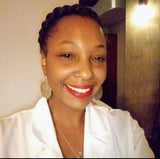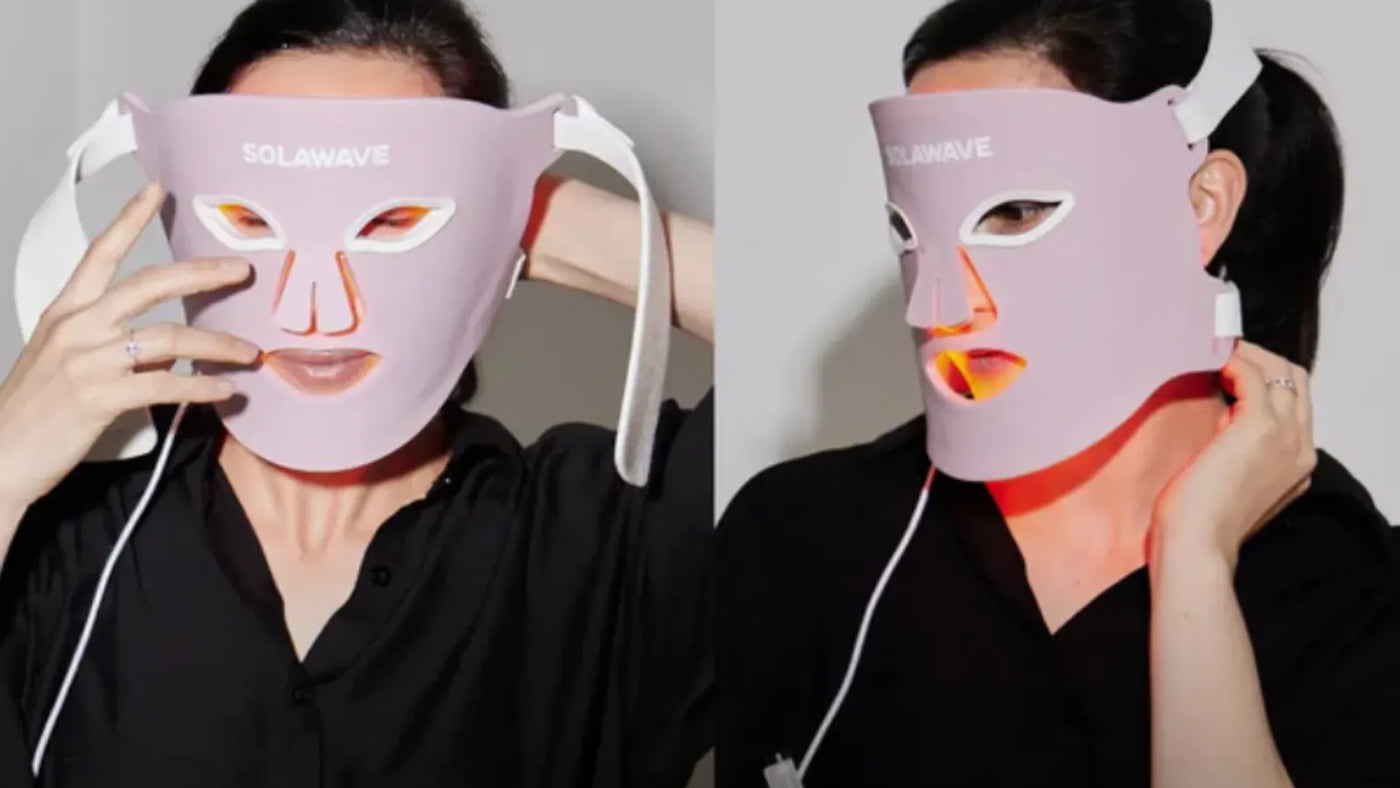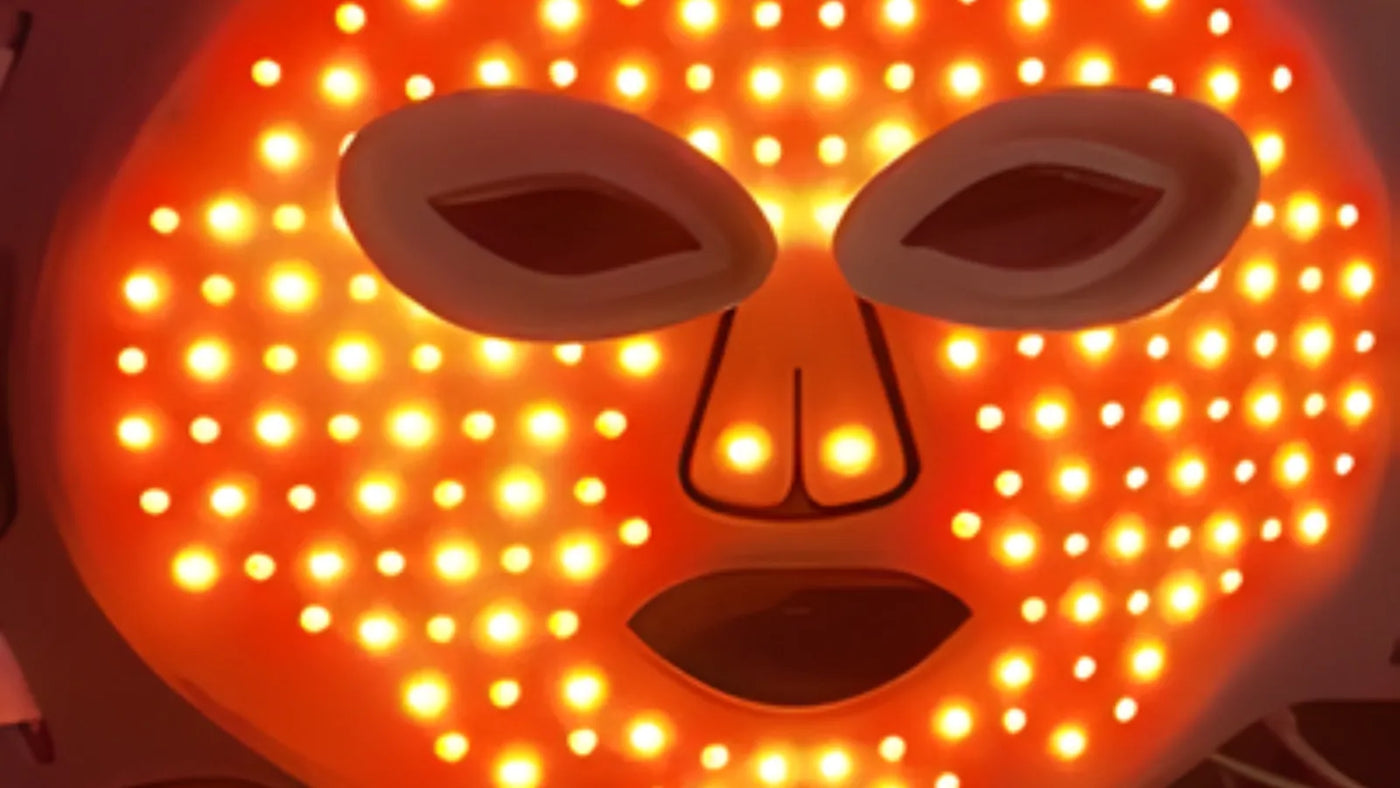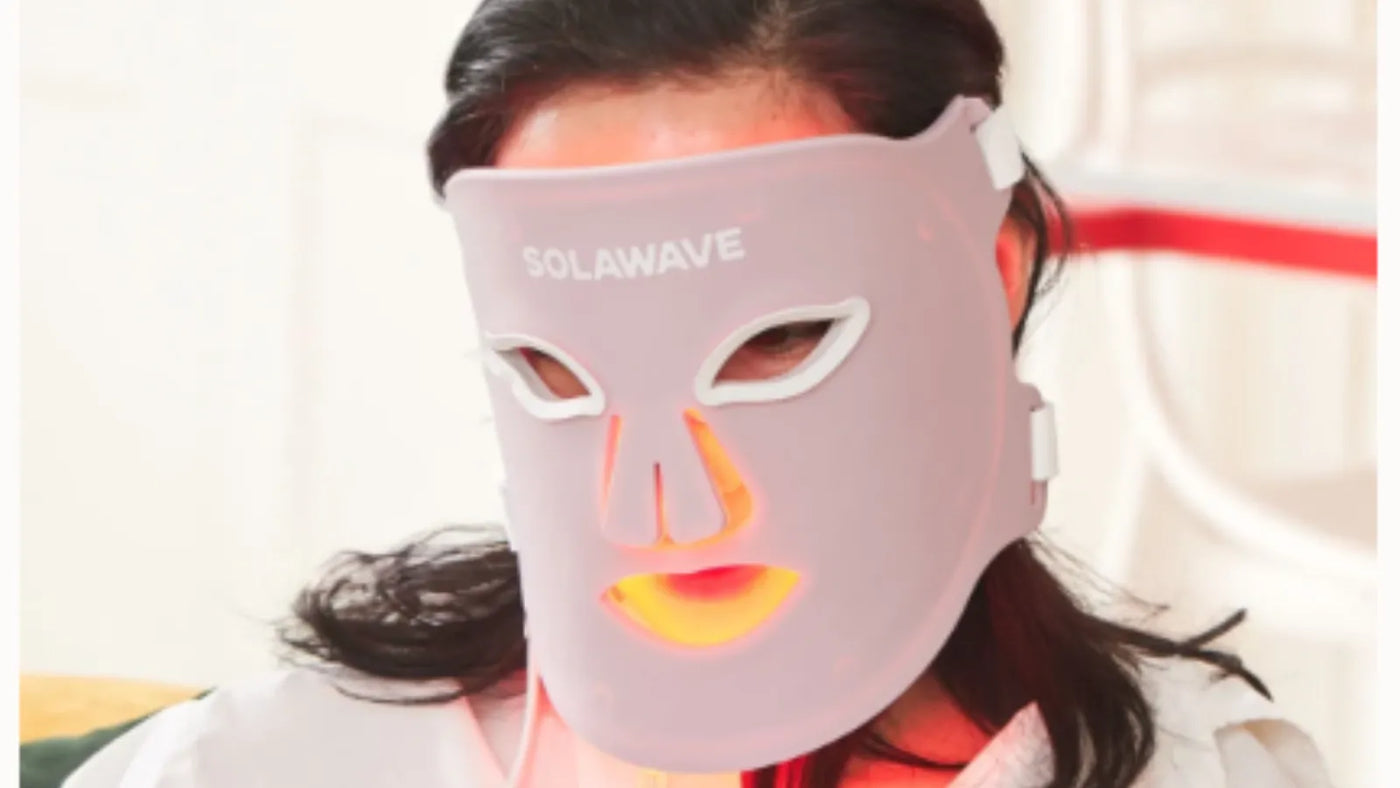
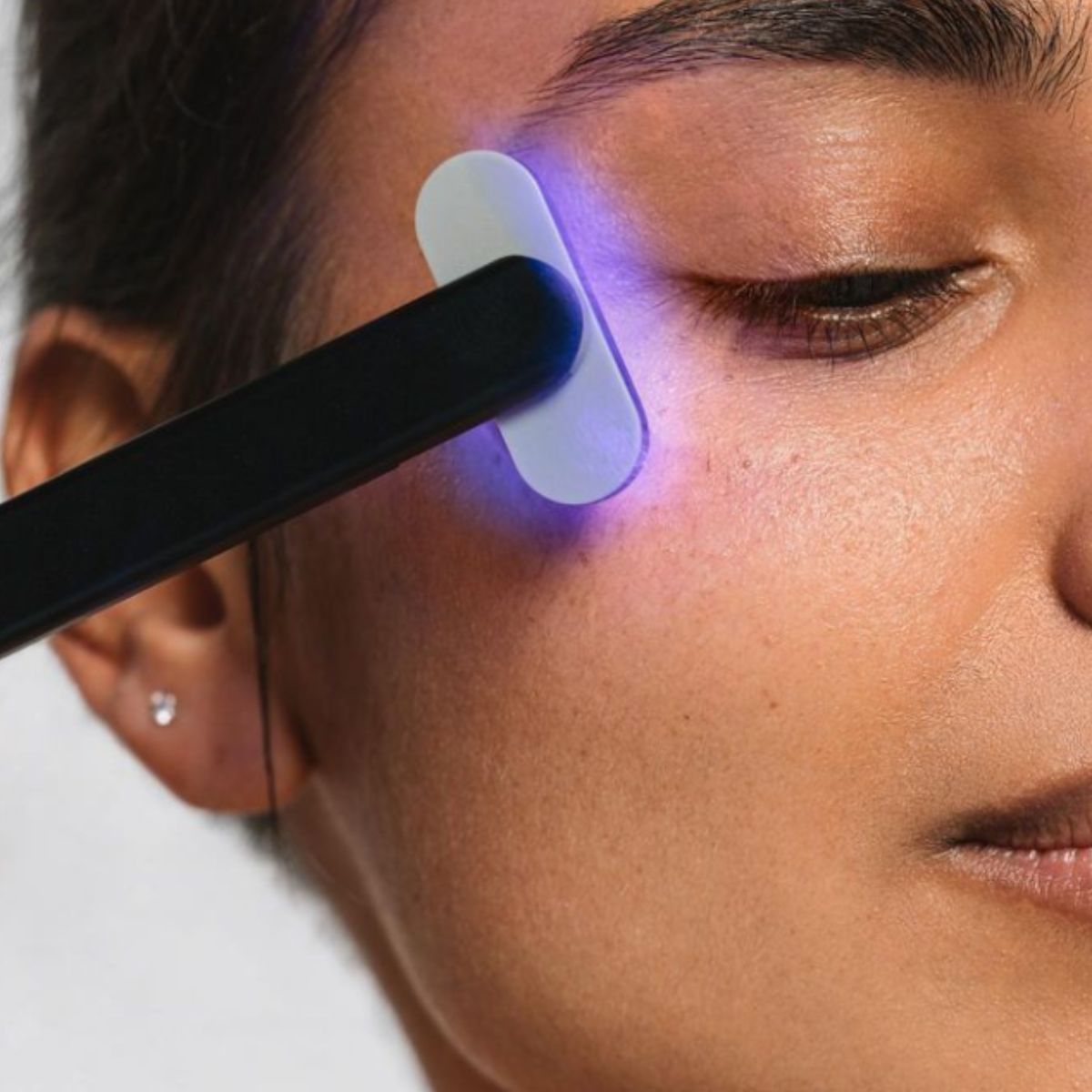
Why Blue Light Therapy for Pimples Simply Works
Dealing with pimples can feel discouraging, especially when traditional products don’t deliver the results you want. Many women are turning to innovative options like Blue Light Therapy to help support clearer, healthier-looking skin. This gentle, non-invasive approach is gaining attention for its ability to target the appearance of pimples without relying on harsh ingredients. In this article, we’ll break down how Blue Light Therapy works, why it’s becoming the go-to choice for pimple treatment, and what you might experience if you decide to try it for yourself.
What Are Pimples and What Causes Them?
Pimples, commonly referred to as acne, occur when hair follicles become clogged with oil and dead skin cells. This blockage can result in whiteheads, blackheads, or inflamed lesions like pustules and cysts. Several factors contribute to their development, including excess sebum production, the buildup of Cutibacterium acnes bacteria, inflammation, and hormonal fluctuations, especially during puberty. Genetics can also play a significant role, meaning a family history of acne can increase your likelihood of experiencing it. While often associated with adolescence, pimples can affect people of all ages, with severity ranging from mild to severe, potentially impacting both physical appearance and self-esteem.
What Are the Benefits of Blue Light Therapy?
-
Reduced Inflammation: Blue Light Therapy significantly reduces skin inflammation, which plays a key role in the severity of pimples. By calming redness and swelling, it can help skin look visibly clearer.
-
Targets Acne-Causing Bacteria: It effectively targets Cutibacterium acnes bacteria, a primary contributor to acne, helping eliminate it without harsh chemicals.
-
Non-Invasive Treatment: Unlike chemical peels or laser resurfacing, Blue Light Therapy is non-invasive and painless, making it a comfortable option.
-
Minimal Side Effects: Side effects are typically mild and temporary, such as slight redness or dryness immediately following treatment.
-
Improved Skin Clarity: Regular sessions can lead to visible skin clarity and fewer pimples, resulting in a more even skin tone and a luminous complexion.
Why Is Blue Light Therapy a Go-To Option for Pimples?
Blue Light Therapy is widely favored for its targeted ability to combat acne-causing bacteria and reduce inflammation. Unlike traditional topical treatments, it addresses Cutibacterium acnes bacteria directly at the source without irritating the surrounding skin. Its non-invasive nature and generally mild side effects make it an appealing option, especially for those who struggle with strong medications. When used consistently, it can effectively reduce the frequency and severity of breakouts, making it a must-have in your skincare routine if you have acne-related concerns.
How Does Blue Light Therapy Target Acne Bacteria?
Blue Light Therapy employs specific wavelengths of blue light, typically between 405 and 420 nanometers, to target acne-causing Cutibacterium acnes bacteria. The light activates porphyrins within the bacteria, creating singlet oxygen, which effectively destroys the bacteria. This process reduces bacterial buildup on the skin, decreases inflammation, and helps deter future pimples. It's important to note that Blue Light Therapy helps target bacteria without damaging healthy skin cells, making it a gentle yet effective solution.
Is Blue Light Therapy Effective for All Types of Acne?
Blue Light Therapy is most effective for mild to moderate inflammatory acne, such as pimples and pustules caused by bacterial overgrowth. However, it may be less effective for severe cystic acne or non-inflammatory cases like blackheads and whiteheads, which often require combination treatments. Individual responses can vary, with some seeing dramatic results after just a few sessions and others needing more consistent use for optimal improvements. Consulting a dermatologist is essential for creating a tailored treatment plan suited to your skin’s specific needs.
Can Blue Light Therapy Replace Traditional Acne Treatments?
While Blue Light Therapy is a valuable addition to acne treatment methods, it doesn’t necessarily replace traditional options. For mild to moderate acne, it can be a standalone therapy or used alongside topical products. However, more severe cases like cystic acne might require oral medications such as antibiotics or isotretinoin. Blue Light Therapy is an excellent starting point, especially for those seeking non-invasive solutions, and can sometimes reduce reliance on harsher treatments. A personalized approach developed in consultation with a skincare professional is key to achieving the best results.
How Much Does Blue Light Therapy for Pimples Typically Cost?
The cost of Blue Light Therapy can vary widely based on the treatment setting and location. In-office treatments by a dermatologist generally cost between $25 and $150 per session, with a full course of treatment often involving 4-6 sessions spaced a few weeks apart. This can result in a total expenditure of several hundred dollars. At-home devices range from $50 to $300, offering a cost-effective alternative, though they might require more consistent use for comparable results. When considering costs, it's also important to factor in potential maintenance sessions to sustain the benefits over time.
What Should You Expect During a Blue Light Acne Treatment Session?
During a typical Blue Light Therapy session, you’ll relax while the device is positioned a few inches from your skin. You'll keep your eyes closed or wear protective eyewear for safety. The treatment is painless and lasts between 15 and 30 minutes, depending on the area being targeted. Some individuals may experience a gentle warming sensation. Any redness following the session usually resolves within hours. Multiple sessions are recommended to achieve the best results.
Are There Any Side Effects or Precautions for Blue Light Therapy?
Blue Light Therapy is considered safe, with minimal side effects such as temporary redness, dryness, or slight peeling. These typically resolve on their own within a few days. Protecting your eyes during treatment with proper eyewear is critical, as blue light can potentially harm the retina. Individuals with photosensitivity or certain medical conditions should consult a dermatologist before starting treatment. Pregnant or breastfeeding women are also advised to seek professional guidance prior to undergoing therapy.
Common Mistakes and Expert Tips for Blue Light Therapy for Pimples
Overlooking Proper Skin Preparation
Thoroughly prepare your skin before treatment by avoiding harsh exfoliants or retinoids a few days prior, which can increase sensitivity. Ensure your skin is clean and free of products before starting therapy.
Inconsistent Treatment Schedule
Consistency is essential to achieving results. Follow the recommended schedule outlined by your dermatologist or device manufacturer to get the most benefit from your sessions.
Failing to Protect Your Eyes
Always use protective eyewear during Blue Light Therapy to shield your eyes from potential damage. Even brief exposure to blue light can cause discomfort or long-term harm to your vision.
Expecting Immediate Results
Visible improvements take time. Be patient as it typically requires consistent sessions over several weeks to achieve glowing, healthy skin.
Ignoring Post-Treatment Skincare
After each session, hydrate your skin with a soothing moisturizer to alleviate dryness or irritation. Avoid harsh skincare products for at least 24 hours to protect your skin’s barrier.
Blue Light Therapy offers a gentle, modern approach for those looking to manage the appearance of pimples and support healthier-looking skin. With its non-invasive nature and growing research behind it, this option is becoming more popular among women seeking alternatives to traditional spot treatments. If you’re curious about adding Blue Light Therapy to your skincare routine, it’s always a good idea to explore your options and see what feels right for your skin’s unique needs.
Ready to try Blue Light Therapy for yourself? The Bye Acne Pro Kit, a 3-Minute Pimple Spot Treatment from Solawave that combines the power of Blue and Red Light Therapy in a portable, easy-to-use device. In just three minutes per spot, you can target the look of pimples and support calmer, healthier-looking skin, no harsh ingredients needed. Plus, the included serum-infused Microdart Patches help soothe and protect your skin after treatment.
Sources:
-
Phototherapy in Dermatology: An Update | National Institutes of Health
-
Light-Based Therapies for Acne Vulgaris: An Update | National Institutes of Health
-
Phototherapy in Dermatology: An Update | National Institutes of Health



















